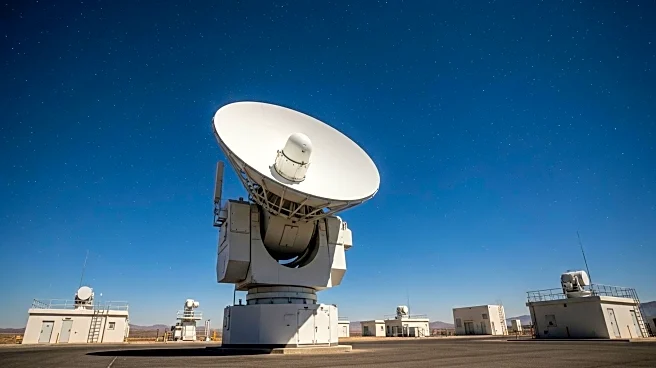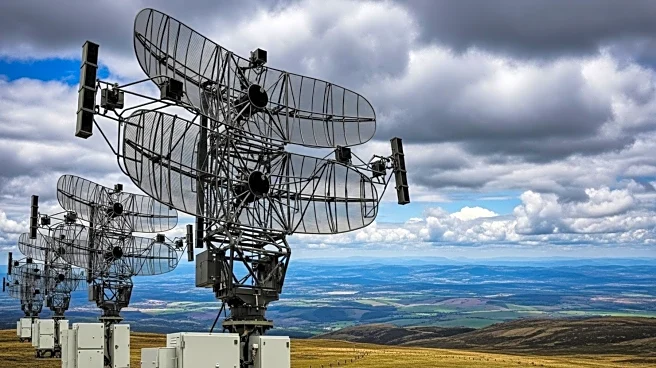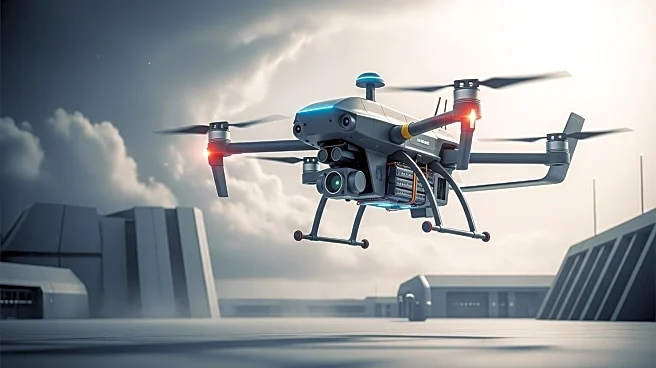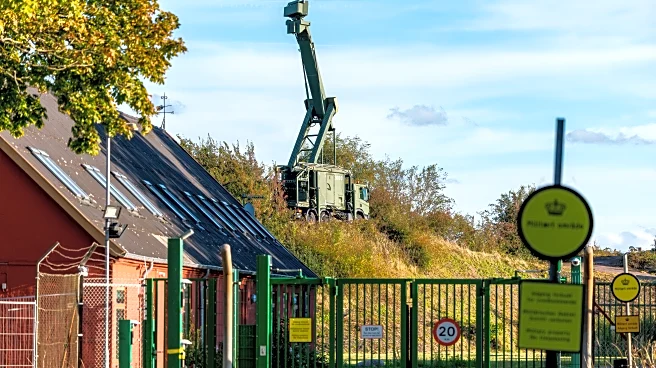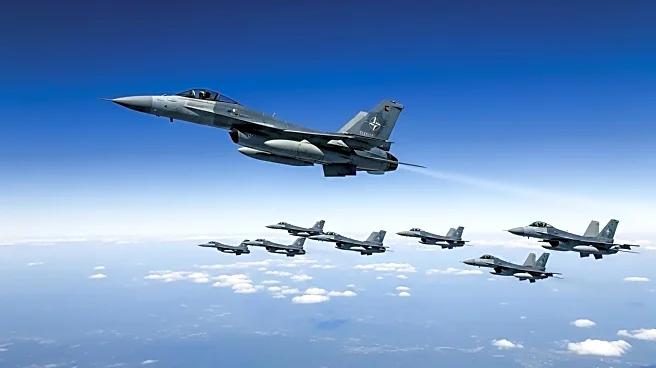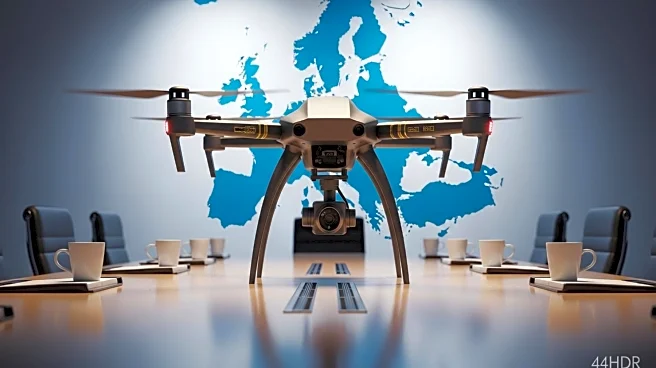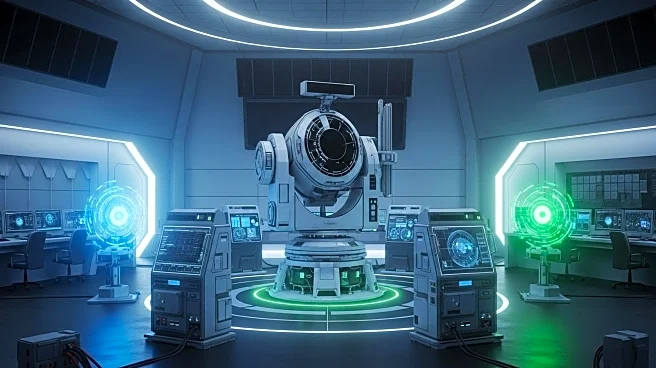What's Happening?
The Swedish Air Force has deployed its counter-unmanned aircraft system (C-UAS) known as Loke during NATO operations at Malbork Air Base in Poland. This deployment, which took place between April and September 2025, involved military units from the 21st Wing and 17th Wing. The Loke system, which includes Saab's Giraffe 1X radar and Trackfire remote weapon station, was used to protect allied facilities, including a hub for military aid to Ukraine. The Swedish Armed Forces and Saab are continuing to develop the C-UAS capability, with full implementation across wartime units expected by the end of 2025.
Why It's Important?
The deployment of the Loke system highlights Sweden's commitment to NATO operations and its role in enhancing regional security. The system's ability to counter unmanned aircraft threats is crucial in protecting military assets and personnel, particularly in the context of ongoing tensions in Eastern Europe. The development and deployment of advanced defense systems like Loke also underscore the importance of technological innovation in modern warfare, potentially influencing defense strategies and procurement decisions across NATO member states.
What's Next?
As the Swedish Armed Forces continue to develop the Loke system, further deployments in NATO operations are likely. The integration of advanced defense technologies will be critical in addressing emerging threats and maintaining regional stability. Additionally, the collaboration between Sweden and NATO may lead to increased military cooperation and joint exercises, strengthening the alliance's collective defense capabilities.
Beyond the Headlines
The use of advanced C-UAS systems raises questions about the future of air defense and the role of unmanned technology in military operations. As these systems become more prevalent, there may be calls for new regulations and standards to ensure their ethical and effective use in conflict situations.


